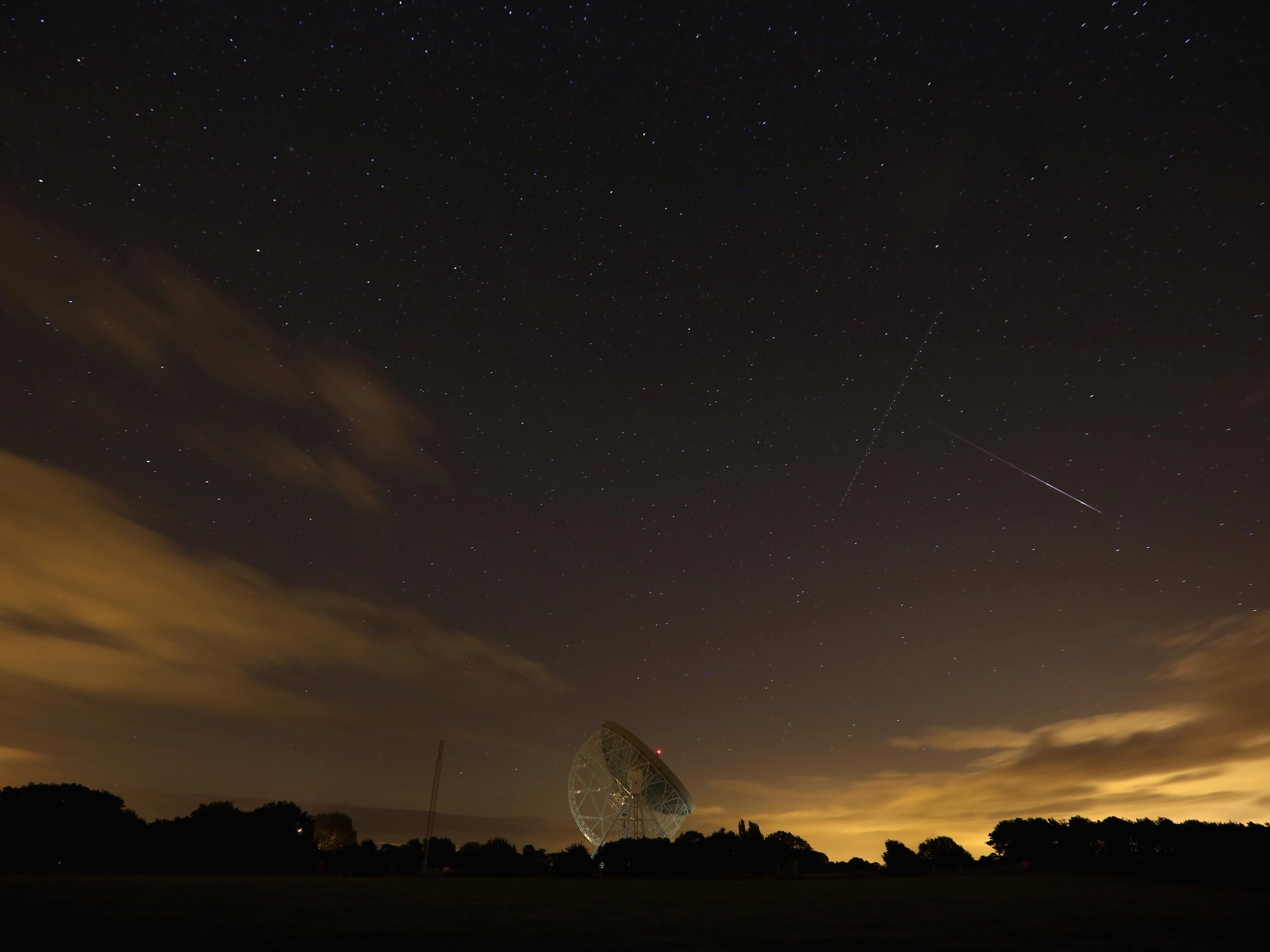Perseid Meteor Shower 2014: Incredible images as shooting stars make final appearance in the night sky
The annual spectacle has passed its peak and will come to an end in the next couple of days

The Perseid Meteor Shower will be visible for the last time to the naked eye tonight across Britain, Europe and North America.
The annual spectacle happens every August and is caused by debris from the massive Swift-Tuttle comet falling into the Earth’s atmosphere.
Sunday’s “supermoon” threatened to eclipse the shooting stars but the light show peaked in the early hours of Wednesday morning across the Northern Hemisphere.
Up to 100 meteors can streak across the sky every hour at its height and an average of 40 can be seen an hour in good visibility, according to Nasa.
The agency said: “These bits of ice and dust — most over 1,000 years old — burn up in the Earth's atmosphere to create one of the best meteor showers of the year.
“The Perseids can be seen all over the sky, but the best viewing opportunities will be across the northern hemisphere.
“Those with sharp eyes will see that the meteors radiate from the direction of the constellation Perseus.”
Anyone wanting to catch the last of the event is advised to find an area away from towns and light pollution and look away from the moon.
The best time for viewing is from 3am until dawn on Thursday in any time zone and stargazers hampered by bad weather can watch a live stream of the meteor shower on the Nasa website here.
Observation of the Perseids dates back 2,000 years, with the earliest information on this meteor shower found in Chinese annals in AD 36.
The meteor shower is often referred to, particularly by Catholics, as the “tears of Saint Lawrence”, as 10 August is the date of his martyrdom.
Every 133 years, comet Swift-Tuttle swings through the inner Solar System leaving behind a trail of dust.
When the Earth passes through, the dust cloud particles hit the atmosphere at 140,000 mph and burn up in streaking flashes of light, creating the spectacle known as the Perseids.
Join our commenting forum
Join thought-provoking conversations, follow other Independent readers and see their replies
Comments